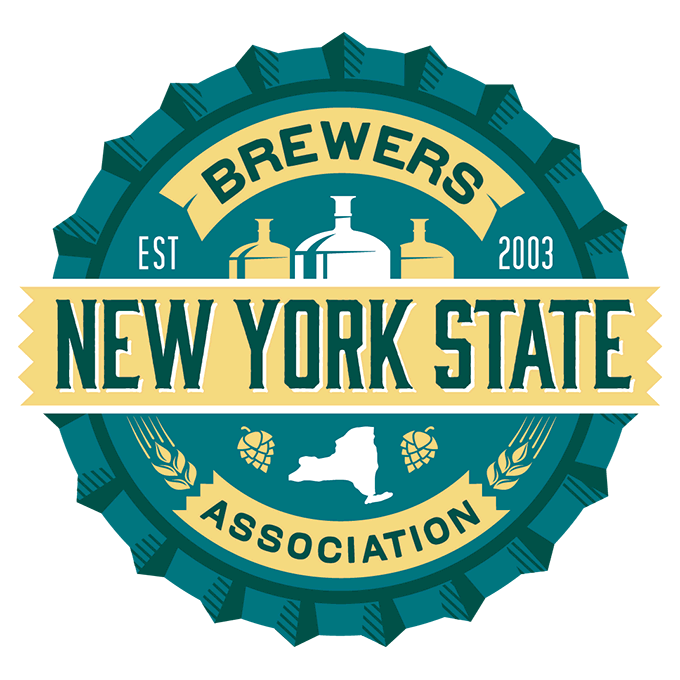
Among the vast array of legal, financial and logistical obstacles a startup brewery must navigate to gain entry into this booming industry, the prosaic issue of zoning is often overlooked. Given the popularity and growth in this area, it is easy to assume that finding a location to legally open a craft brewery (with or without a tasting room) will not present a significant challenge. However, even if the city, town or village is eager to welcome your business, finding a properly zoned, yet desirable, location can be a challenge, and while there are several available avenues to seek relief from local land use restrictions, those avenues can be long and expensive. Moreover, these restrictions are largely archaic representing an unnecessary potential barrier to economic development that will benefit both the brewery and the community.
Of course, federal law and the NYS Alcohol Beverage Control Act (ABC) contain their own siting restrictions in certain situations (i.e., federal law prohibits the location of brewery in a “dwelling house” and state law prohibits the location of a brewery operated in conjunction with an adjacent licensed eating/drinking establishment within 200 feet of schools and places of worship), and both the federal Alcohol and Tobacco Tax and Trade Bureau (TTB) and the NYS Liquor Authority (SLA) must approve the location, layout and configuration of a brewery. However, the focus of this article is on the potentially even more restrictive barriers that local zoning laws can have on brewery siting. It also discusses several options for dealing with such restrictions.
Most local zoning codes in New York State date from the second half of the Twentieth Century. One of the key characteristics of such zoning laws is separation of what were deemed to be incompatible uses, most particularly making sure that “industrial” uses were segregated from residential, retail and even general commercial areas. In the early years of zoning, this made a great deal of sense, as many industrial uses (including, it should be noted, large-scale breweries) often generated loud noises, strong odors, air and water pollution and heavy truck traffic. However, even as many modern industrial uses developed which generate far fewer external impacts, most zoning codes still largely restrict the siting of any “manufacturing” or “industrial” uses outside of self-contained industrial zoning districts.
As a result, under many zoning codes, even a small craft brewery, with or without a tasting room, might well be characterized as a “manufacturing” or “industrial”, thus greatly limiting its locational options (often to less desirable areas). Several avenues exist to deal with such restrictions, but navigating these avenues can be a complicated and potentially lengthy process.
If the local zoning code prohibits the siting of a brewery at your chosen location, there are several potential options for relief: (1) obtaining a use variance or, depending on the zoning code, perhaps a special use permit; (b) requesting that the property be rezoned to a classification that does allow such a use; or (c) potentially seeking an amendment to the zoning code to allow uses such a small-scale craft brewery within retail or general business zones.
Use variances are always an option, but it is important to realize that, under the standard imposed by NYS law, an applicant is required to demonstrate, through “dollars and cents” proof, that the property cannot realize a reasonable return if put to an allowable use. This can be a difficult hurdle and generally requires some form of expert financial analysis.
A special use permit is often considerably easier to obtain, but many zoning codes will not provide such an option to locate an “industrial” use within a retail or commercial zoning district.
Re-zoning the property is also a potential option, but it can be difficult to convince a local governing body to re-zone a property as “industrial”, even if to accommodate a relatively innocuous use as a craft brewery, out of the fear that the property might later be used for a more heavily industrial purpose. Re-zoning single parcels also runs the risk of running afoul of the general prohibition against “spot zoning.”
Lastly, an amendment to the local zoning code to allow small manufacturing uses such as a craft brewery in general commercial or mixed use zones, may often be the most attractive option. This option obviously requires buy in by the local governing body, and such an amendment is subject to procedural requirements that do take some time, but in many ways it can provide the best solution, opening up many more potential locations for an operation that, unlike industrial factories of yore, really presents no negative impacts on neighboring properties, and allow the local municipality to modernize its code to better reflect the trend towards mixed use development. We have recently drafted just such an amendment for one of our municipal clients and we are working with other municipalities (either directly or on behalf of our brewery clients) to consider similar amendments.
In summary, there are several possible ways to deal with potential local zoning barriers. The most important point for breweries looking to open their first location or to expand to a new location is that it is crucial to ascertain as early as possible in your search process the zoning classification of your proposed operation, the regulation of that use under the local zoning code and the potential relief available if your chosen property does not allow the operation of a brewery as a matter of right, and to seek legal guidance in navigating this often arcane area.